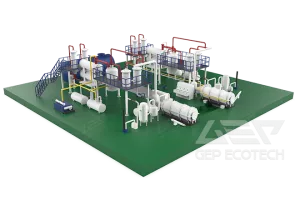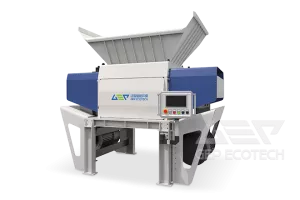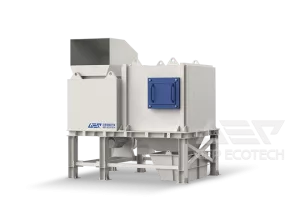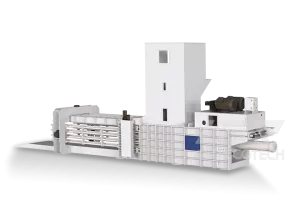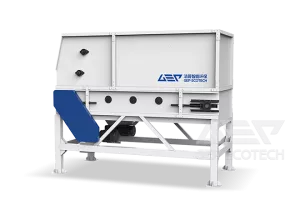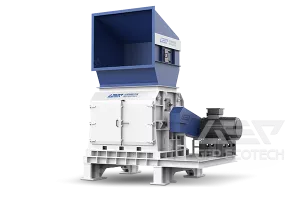Shredding shoes to create fuel blocks involves transforming worn-out or discarded shoes into a form that can be used as a fuel source. Here's a basic overview of the process:
Shoe Collection and Preparation
- Collection: Gather worn-out or unwanted shoes that are no longer suitable for wearing.
- Preparation: Remove any metal parts or non-combustible materials from the shoes. This may involve cutting the shoes into smaller pieces or manually removing elements like metal eyelets or plastic components.
Shredding Process
- Shredding Equipment: Use an appropriate shredder (industrial shredders such as single shaft or dual shaft shredders) to break down the shoes into smaller pieces or shreds.
- Shredding Method: The shoes are fed into the shredder, which cuts them into fine particles or chunks. The resulting material can be adjusted to the desired size for further processing.
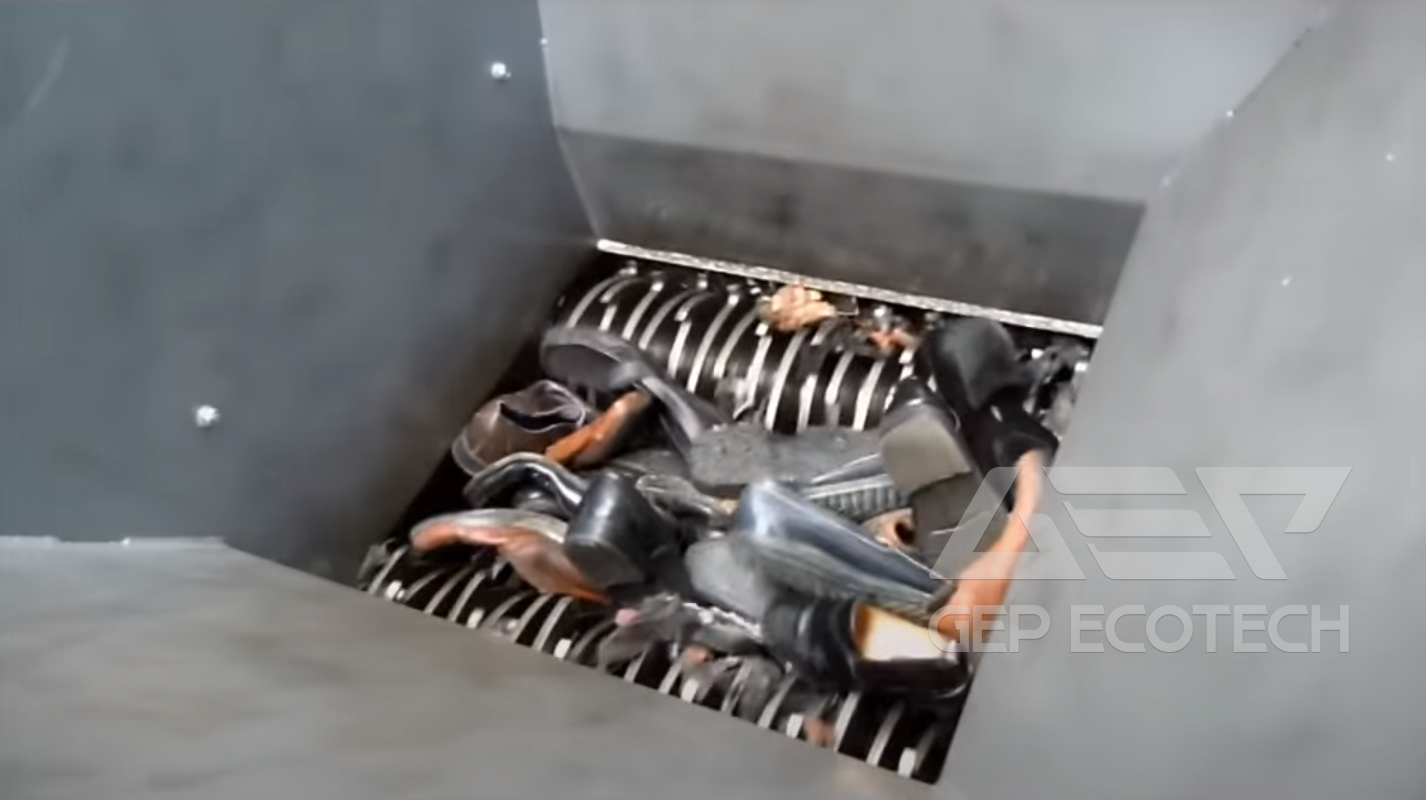
Binding and Forming Fuel Blocks
- Mixing: The shredded shoe material may be combined with other combustible materials, such as wood chips, sawdust, or other suitable organic matter, to create a homogeneous mixture.
- Binding Agents: Binding agents, if needed, could be added to the mixture to help hold the material together during the forming process.
- Compression or Molding: The mixed material is then compressed or molded into blocks or pellets using high-pressure equipment. This process forms the shredded shoe material and other components into fuel blocks of specific shapes and sizes suitable for burning.
Fuel Block Application
Energy Source: The manufactured fuel blocks can be used as an alternative energy source for heating purposes, in industrial furnaces, or even in certain types of power generation facilities.
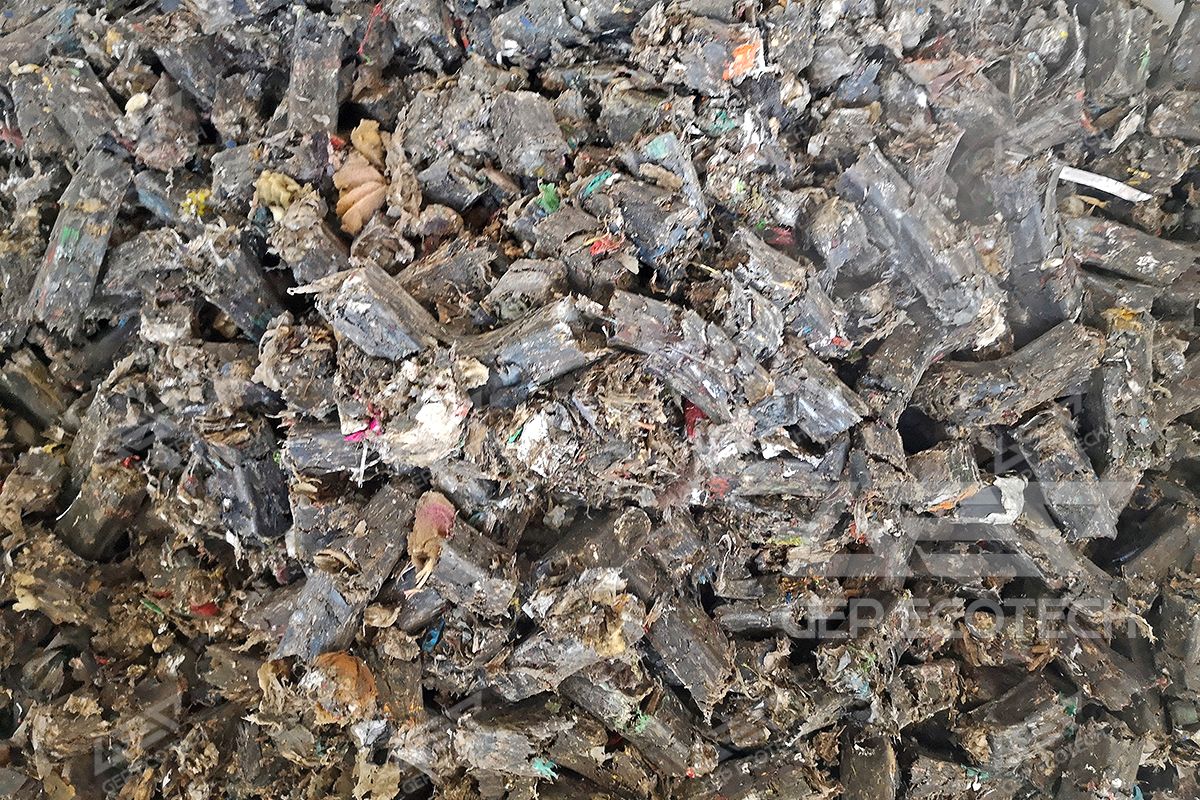
This process of shredding shoes and converting the shredded material into fuel blocks contributes to waste reduction and resource optimization by repurposing discarded shoes as a usable fuel source rather than sending them to landfills. However, it's important to ensure that any emissions or byproducts from burning these materials are within acceptable environmental and safety standards.


